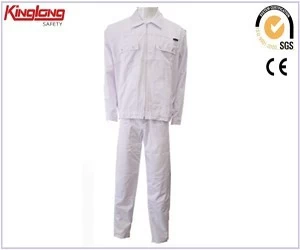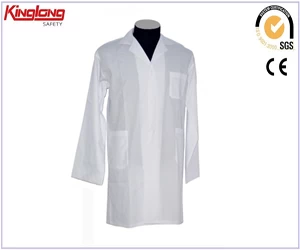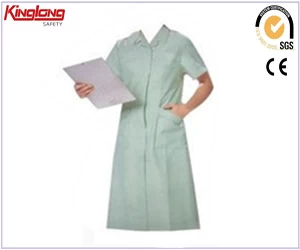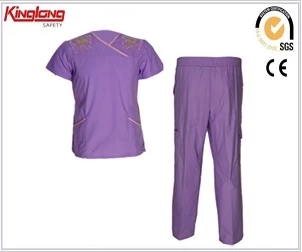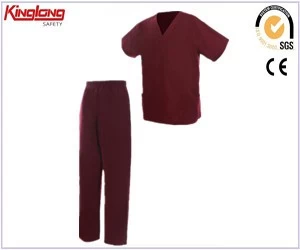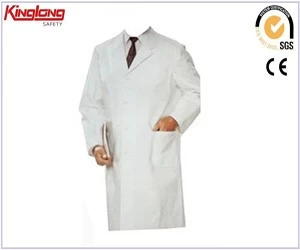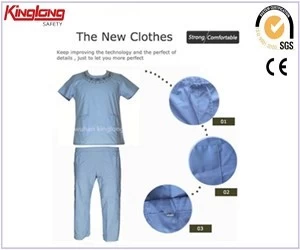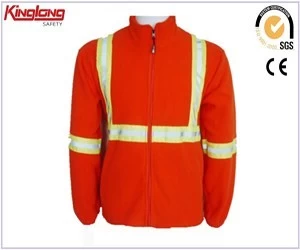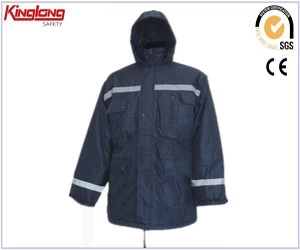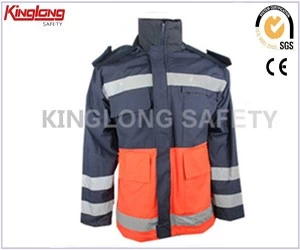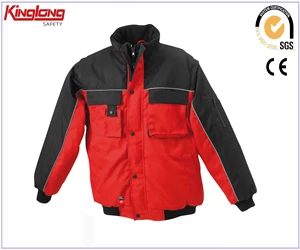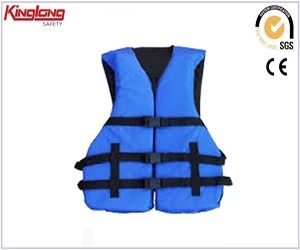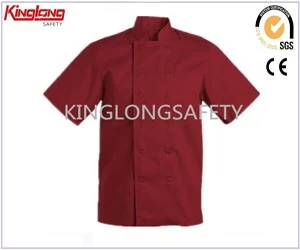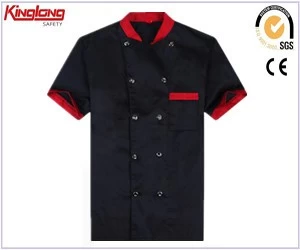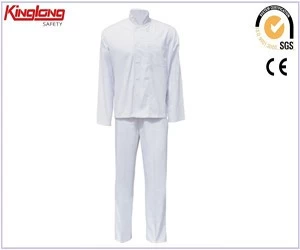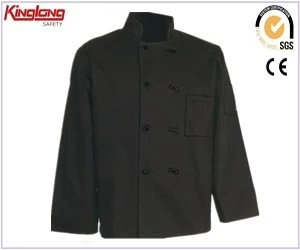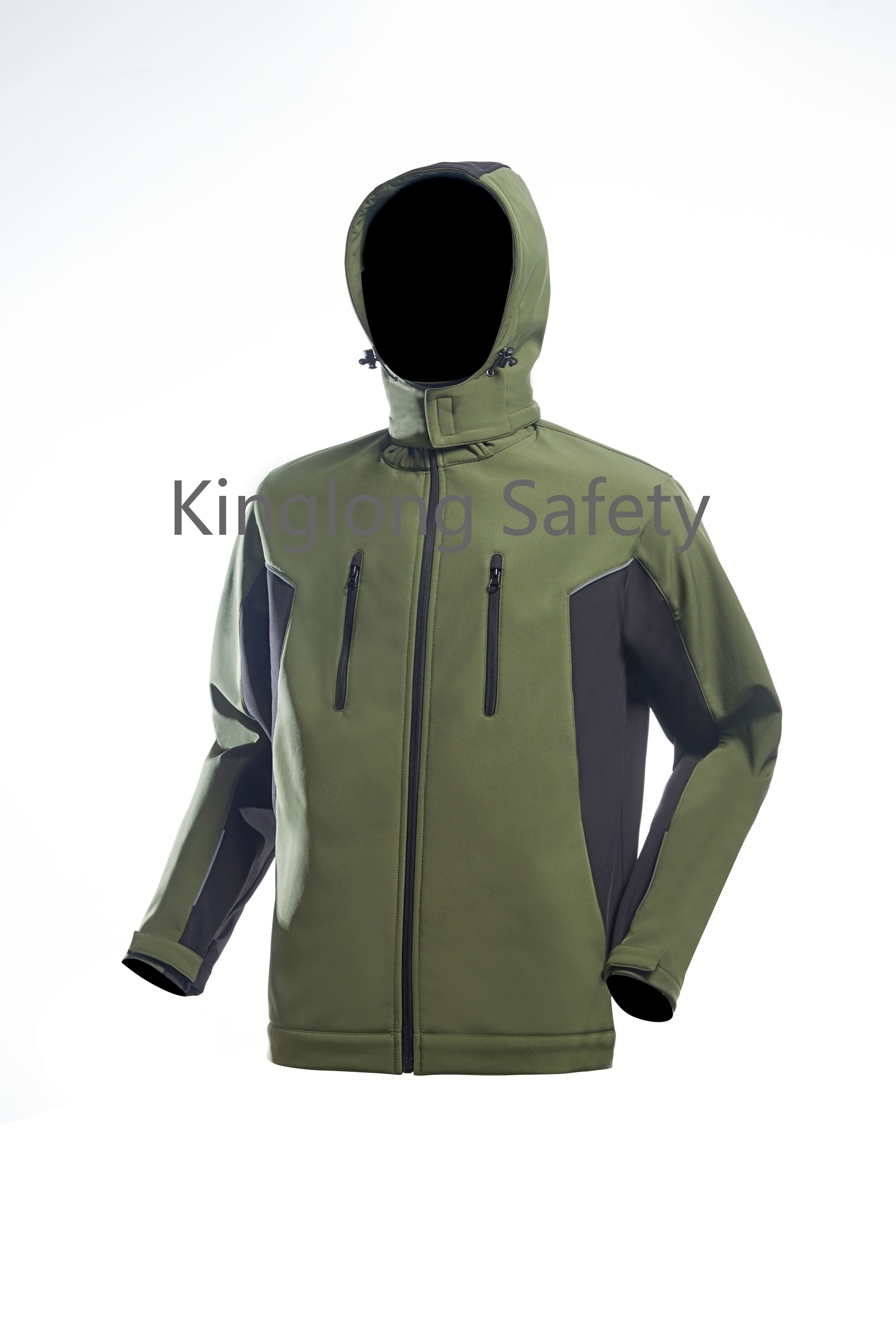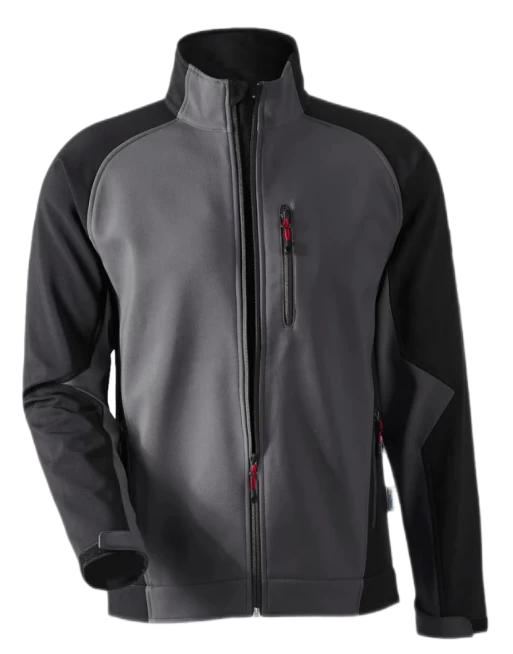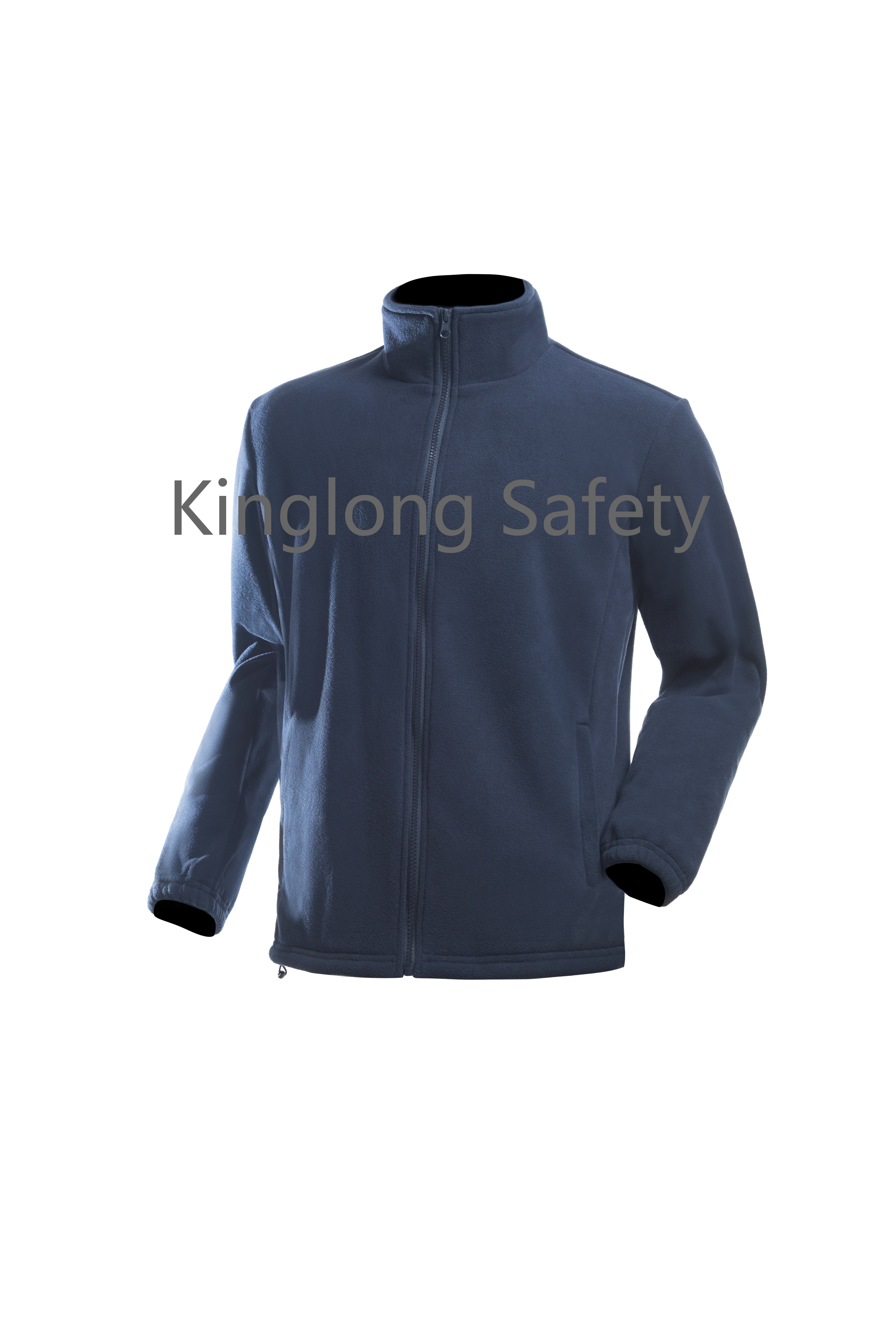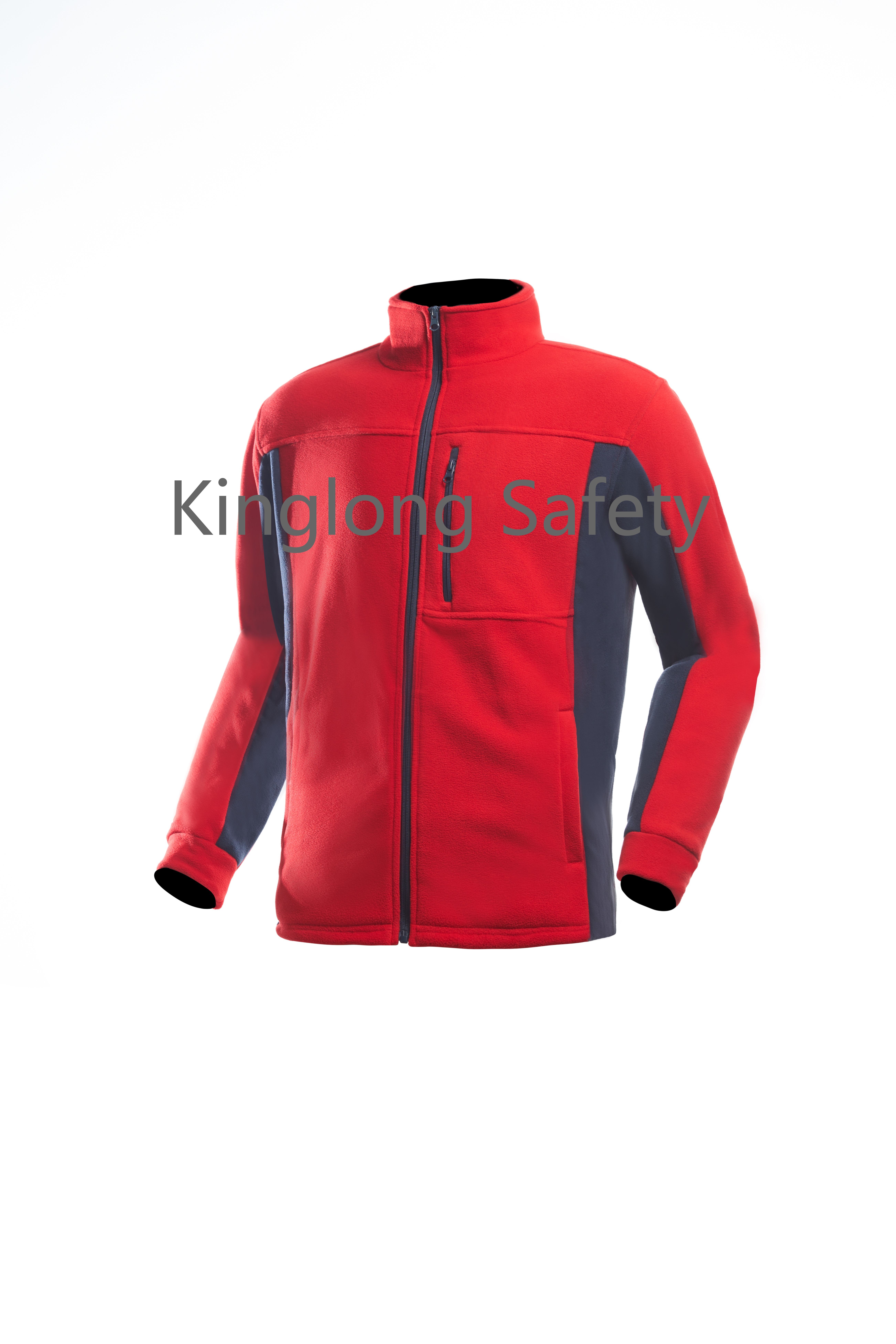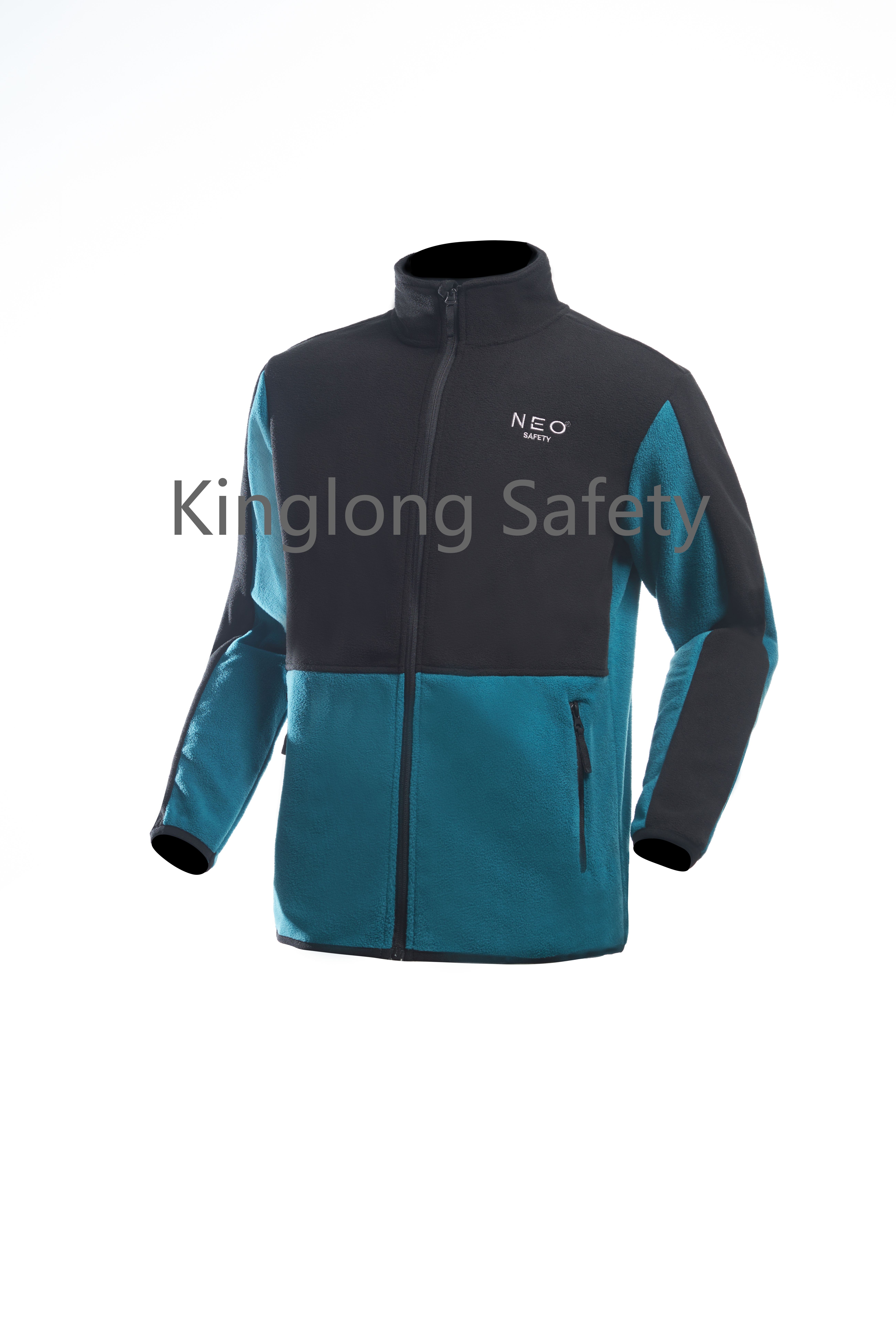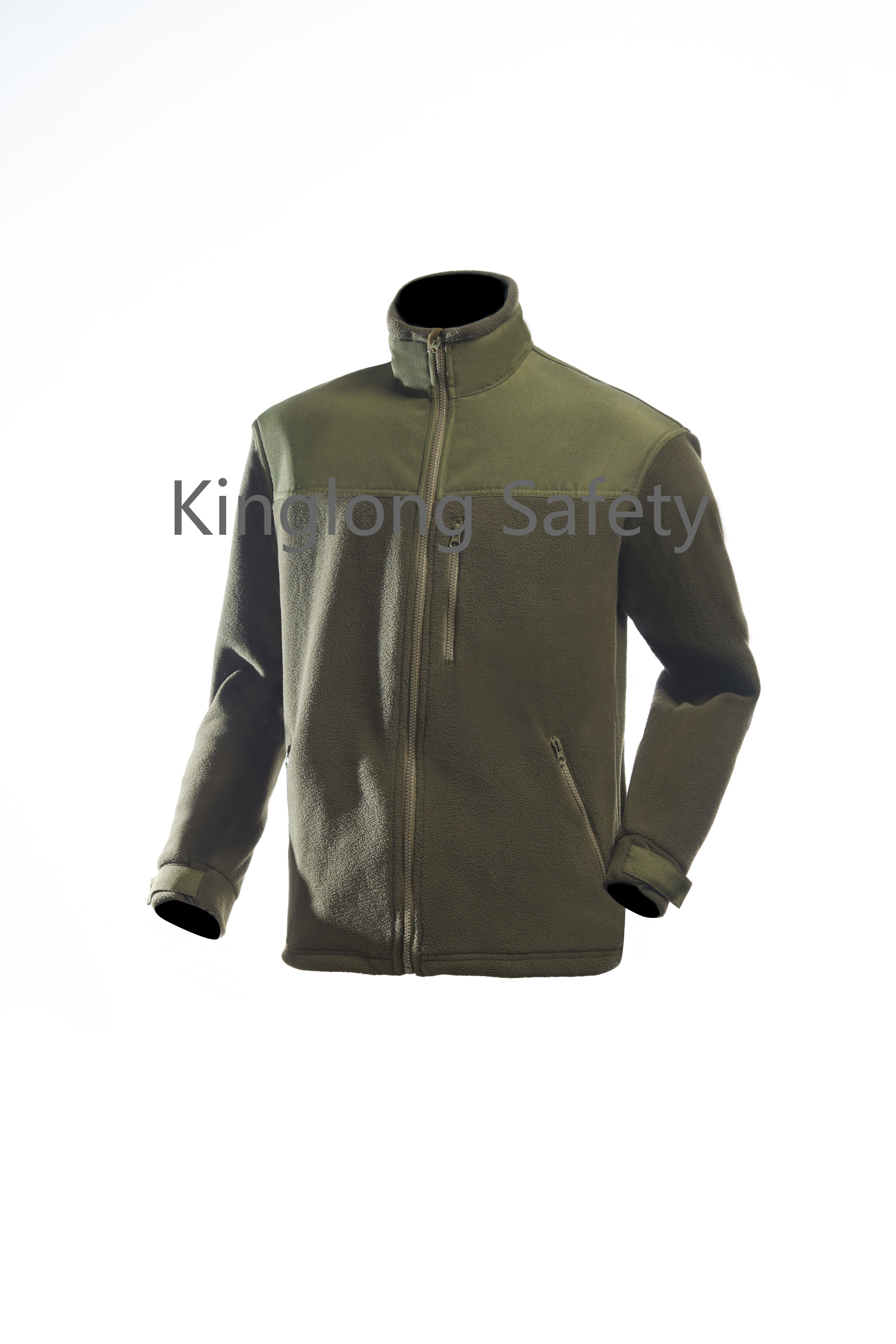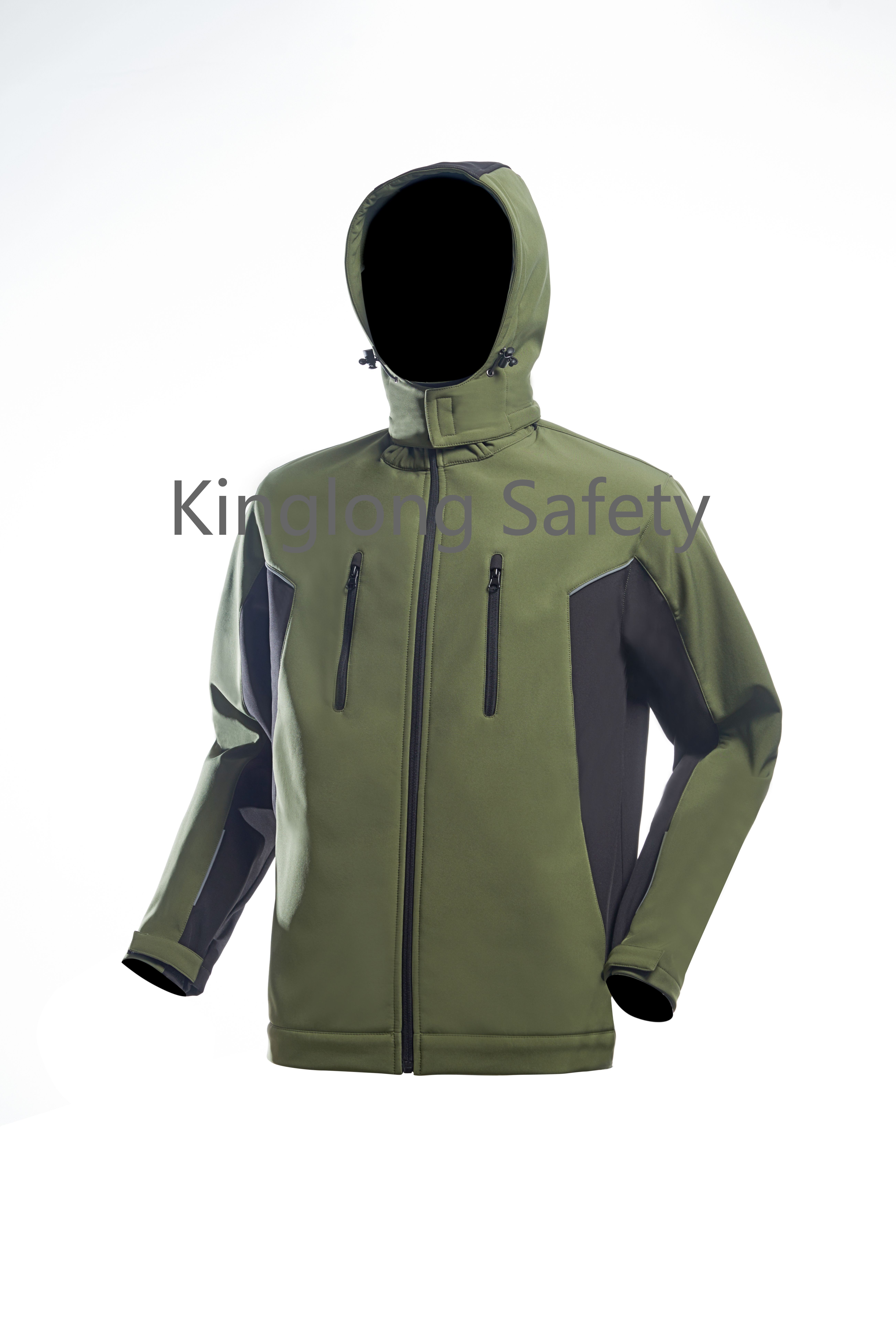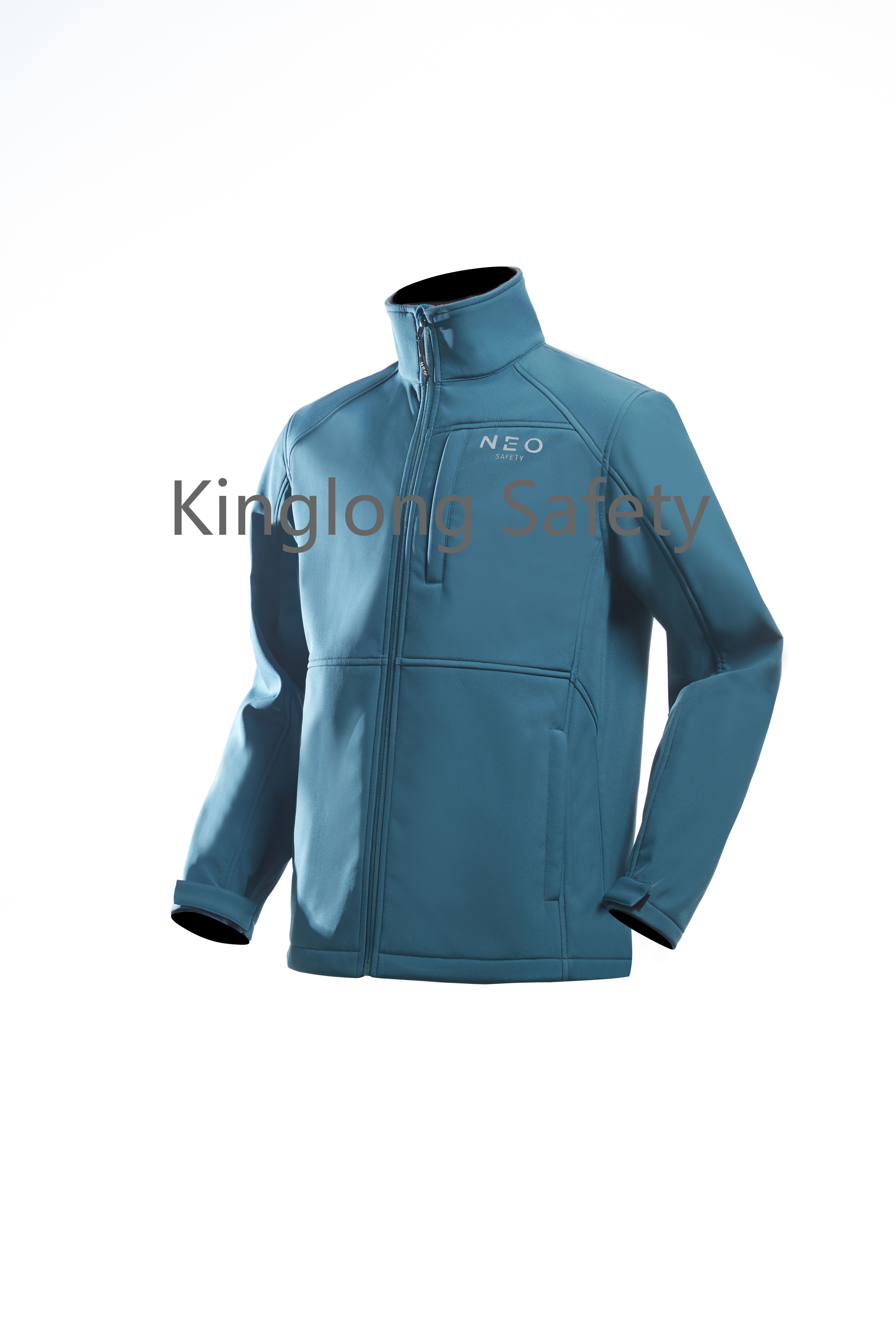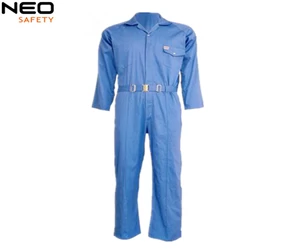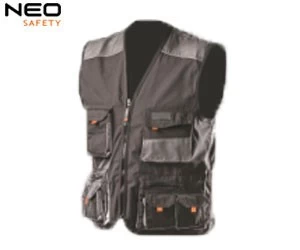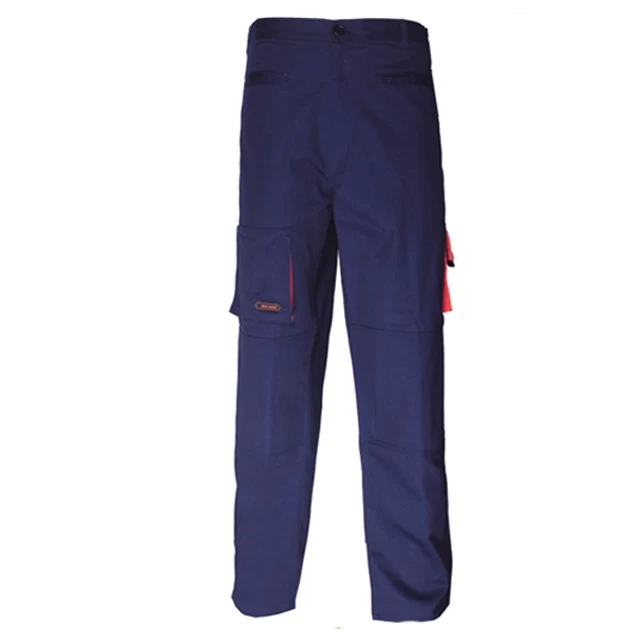Hivis Safety Working Jakcet With Reflective Tape

Mens Safety Working Jacket With Reflective Tape Made In China
Working coat for mens made in China
The medieval and renaissance coat (generally spelled cote by costume historians) is a midlength, sleeved men's outergarment, fitted to the waist and buttoned up the front, with a full skirt in its essentials, not unlike the modern coat.
By the eighteenth century, overcoats had begun to supplant capes and cloaks as outerwear, and by the mid-twentieth century the terms jacket and coat became confused for recent styles; the difference in use is still maintained for older garments.
In the early 19th century, coats were divided into under-coats and overcoats. The term "under-coat" is now archaic but denoted the fact that the word coat could be both the outermost layer for outdoor wear (overcoat) or the coat worn under that (under-coat). However, the term coat has begun to denote just the overcoat rather than the under-coat. The older usage of the word coat can still be found in the expression "to wear a coat and tie", which does not mean that wearer has on an overcoat. Nor do the terms tailcoat, morning coat or house coat denote types of overcoat. Indeed, an overcoat may be worn over the top of a tailcoat. In tailoring circles, the tailor who makes all types of coats is called a coat maker. Similarly, in American English, the term sports coat is used to denote a type of jacket not worn as outerwear (overcoat) (sports jacket in British English).
If you want to know more about coat, please visit www.wuhankinglong.com





 Address : 1508, BLK 5,FANHAI SOHO,WANGJIADUN,JIANGHAN DISTRICT,WUHAN, CHINA
Address : 1508, BLK 5,FANHAI SOHO,WANGJIADUN,JIANGHAN DISTRICT,WUHAN, CHINA